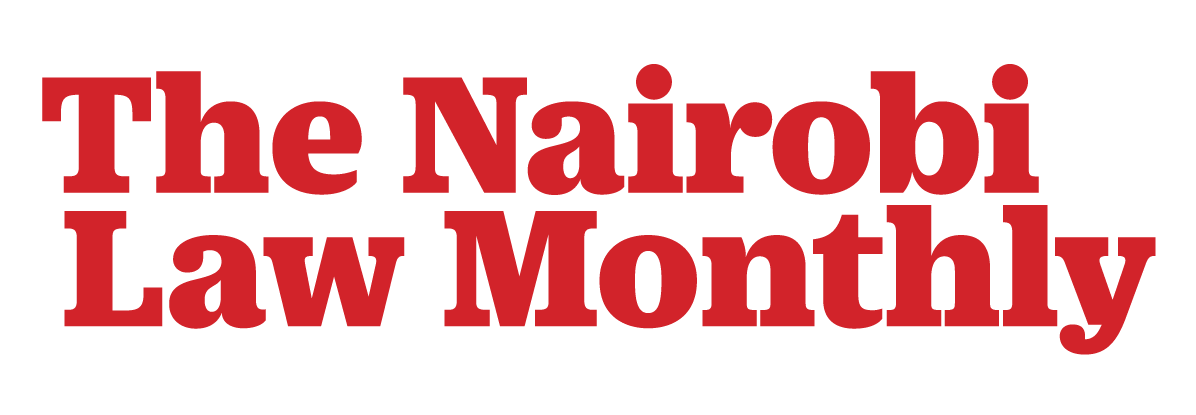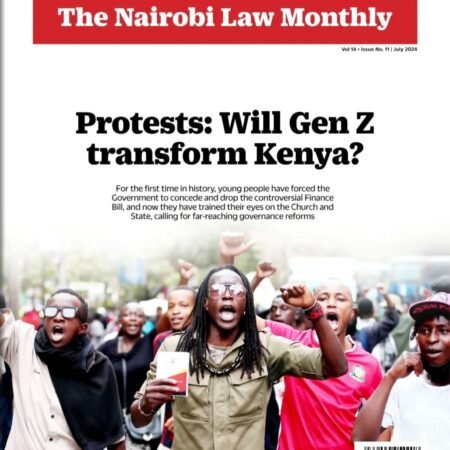By Federico de Nardis
As digital media has grown and become more sophisticated, enabling precise and behavioural communication with individuals, so has the complexity and the potential risk of harm to advertisers.
-
Sale!
Download Nairobi Law Monthly Magazine July 2024 Edition
Downloads Original price was: KShs200.00.KShs100.00Current price is: KShs100.00.
Contextual brand safety awareness really accelerated in February 2017 when The London Times published an exposé in which journalists discovered brand advertising appearing in extremist videos on YouTube. Marketers were therefore inadvertently funding terror organisations through the advertising revenue they received. The potential for reputational damage to the brands created an instant reaction in the marketing community. Advertising on YouTube was suspended by many advertisers, and marketers looked critically at their overall brand safety strategy.
Brand Safety is any risk that an advertiser may face in the digital supply chain and there are three main categories of risk: financial, reputational, and legal.
Since the London Times exposé, actions taken by the platforms to identify and limit high-risk content as well as the application of more sophisticated technology and practices in agencies have made the digital environment measurably safer.
However, brand safety is still regarded as an escalating issue. Perhaps part of the reason is that the brand safety space is becoming more complex and nuanced.
In 2017 and 2018, the task was clear. The foundations of brand safety were measure, benchmark and optimise.
Measure, because if we do not understand the scope of the problem, it cannot be effectively addressed. Benchmark, because once we understand the level of, say, invalid traffic, we can set an objective to decrease IVT by a certain percentage and measure our success against this benchmark. Optimise, because once we have a benchmark, we can formalize agreements with our publisher partners to deliver low or no IVT. Add compliance as a fourth step to measure progress against the brand safety goals.
These remain the bedrock of brand safety implementation, but as digital advertising grows and becomes more complex, so does brand safety.
In 2019 the conversation has stepped up from brand safety to public safety and related trust issues. These trust issues include supply chain transparency, consumer protection, brand suitability, risk tolerance and social responsibility.
These issues have mainly come to the fore because of the dominance of the social platforms and the endemic risk of user-generated content that they have to manage. This translates into potential reputational damage for brands using these platforms.
As a way of addressing this the World Federation of Advertisers (WFA) formed the Global Alliance for Responsible Media, which has called for cross-industry collaboration to address safety and sustainability issues across media, with an early focus on brand and public safety on social platforms.
Brand safety is increasingly observed in the context of social safety and responsibility. The internet hosts some awful content that is not only damaging to adjacent brands, but potentially to our society.
Online disinformation is a direct attack against our democracies, hate speech ignites social division, and child molesters lurk behind false identities and exploit social platforms to distribute their harmful content. Advertisers and agencies cannot fix this on their own, but they do have a role to play. Trade associations across the world call for greater accountability and for the industry to step up.
This is not just because it is the right thing to do, but because of another pervasive trend – regulation. We are witnessing regulators across the world launching investigations at scale and tabling laws that address social and public safety on the internet, and advertising is rarely excluded from such considerations.
Increasingly, marketers are choosing not to wait for regulation but are adopting Immanuel Kant’s moral imperative: Do what is morally good because anything else is contrary to reason.
There is a call for media sustainability from marketers – in the same way that they view sustainability in their operational supply chain – and this, together with regulatory pressure, will force a re-evaluation of digital media’s suitability and effectiveness. (
— Writer is CEO, Group Africa


